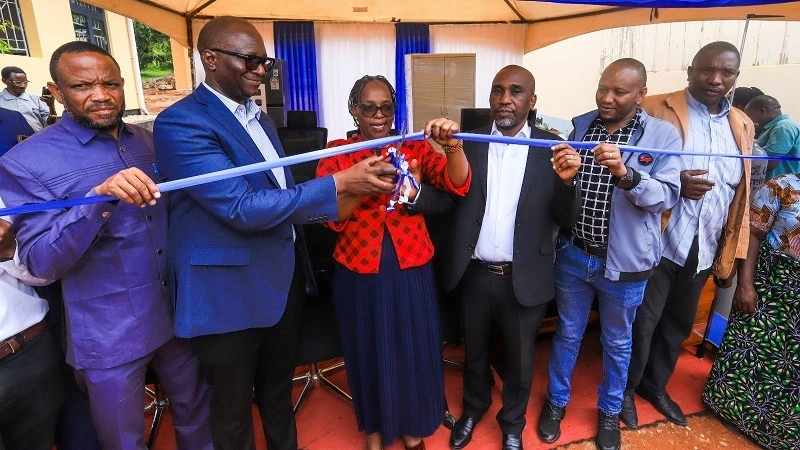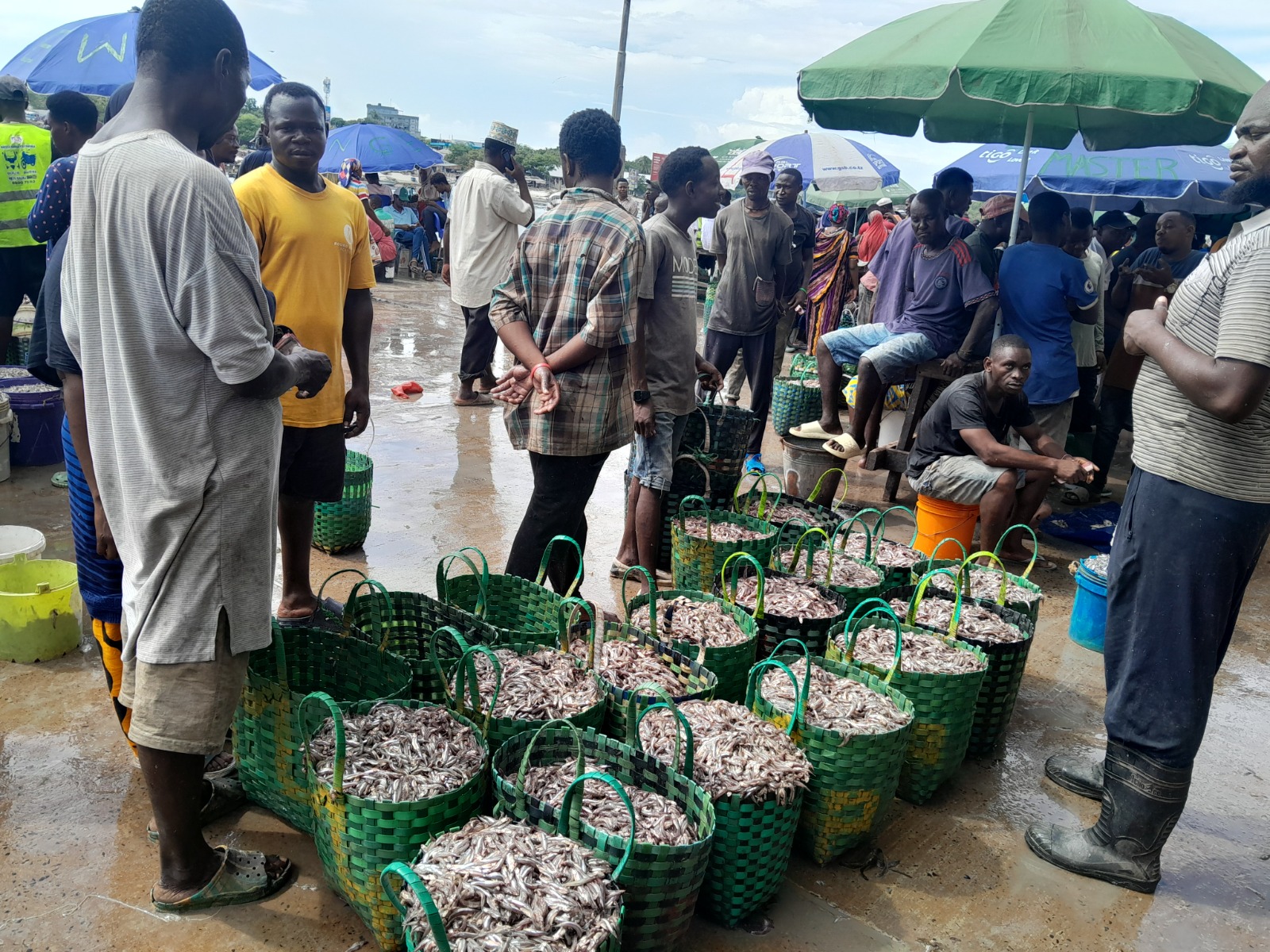‘Protein deficiency widespread despite homes having livestock’

SIGNIFICANT gaps are visible in the nutritional habits of most rural areas despite the widespread availability of livestock such as chicken, cows and goats, a study has established.
Prof. Susan Nchimbi, a lead researcher in the study conducted by the Sokoine University of Agriculture (SUA) under the Foodland project, said the researchers found that many rural households in Kilombero and Mvomero districts do not incorporate eggs and milk into their diets, even though they hold such animals.
The don shared the findings at a briefing on the research, which used surveys and interviews to explore the barriers to improved nutrition in rural communities, whose report noted that the community's reliance on livestock for income rather than food complement was a major contributing factor.
“Many households sell their eggs for income, rather than consuming them for their nutritional value. Similarly, milk is not a regular part of their diet because most residents do not raise dairy animals,” the study indicated.
A noticeable finding was that despite extensive cultivation of beans in Kinda village, local residents were not utilizing enriched varieties of beans that could provide essential nutrients like iron and zinc.
In response, the team introduced four new bean varieties, which are currently undergoing trials with the Tanzania Official Seed Certification Institute (TOSCI). These beans—PIC 130, Nuha 629, Nuha 660 and Mashamba—are designed to improve the local population's intake of vital minerals.
In addition to the bean initiative, the researchers also delved into building fish ponds and methods for preserving agricultural produce such as avocados, areas selected to improve food security and nutrition in rural areas, she further noted.
Prof. Dismas Mwaseba, another key researcher, highlighted that the project is part of a regional effort spanning six African countries, namely Morocco, Tunisia, Ethiopia, Kenya, Uganda and Tanzania.
“The study is intended to address issues of agriculture, education, health, and nutrition. In particular, we have found that many young people in Kinda village are not literate, making it difficult for them to access vital nutritional information,” he stated.
The study has brought to light the need for continued nutrition education in rural communities, especially regarding untapped potential of locally produced eggs and milk. It also underlines the need for greater investment in the development and promotion of fortified crops and improved agricultural practices.
With the findings of the research, SUA is now pushing for more community-focused education campaigns to bridge these gaps and ensure better nutritional habits across rural Tanzania.
Foodland is designed to enhance the diversity of food production and consumption in six African countries displaying different stages of the nutrition transition, he added.
Top Headlines
© 2025 IPPMEDIA.COM. ALL RIGHTS RESERVED






















